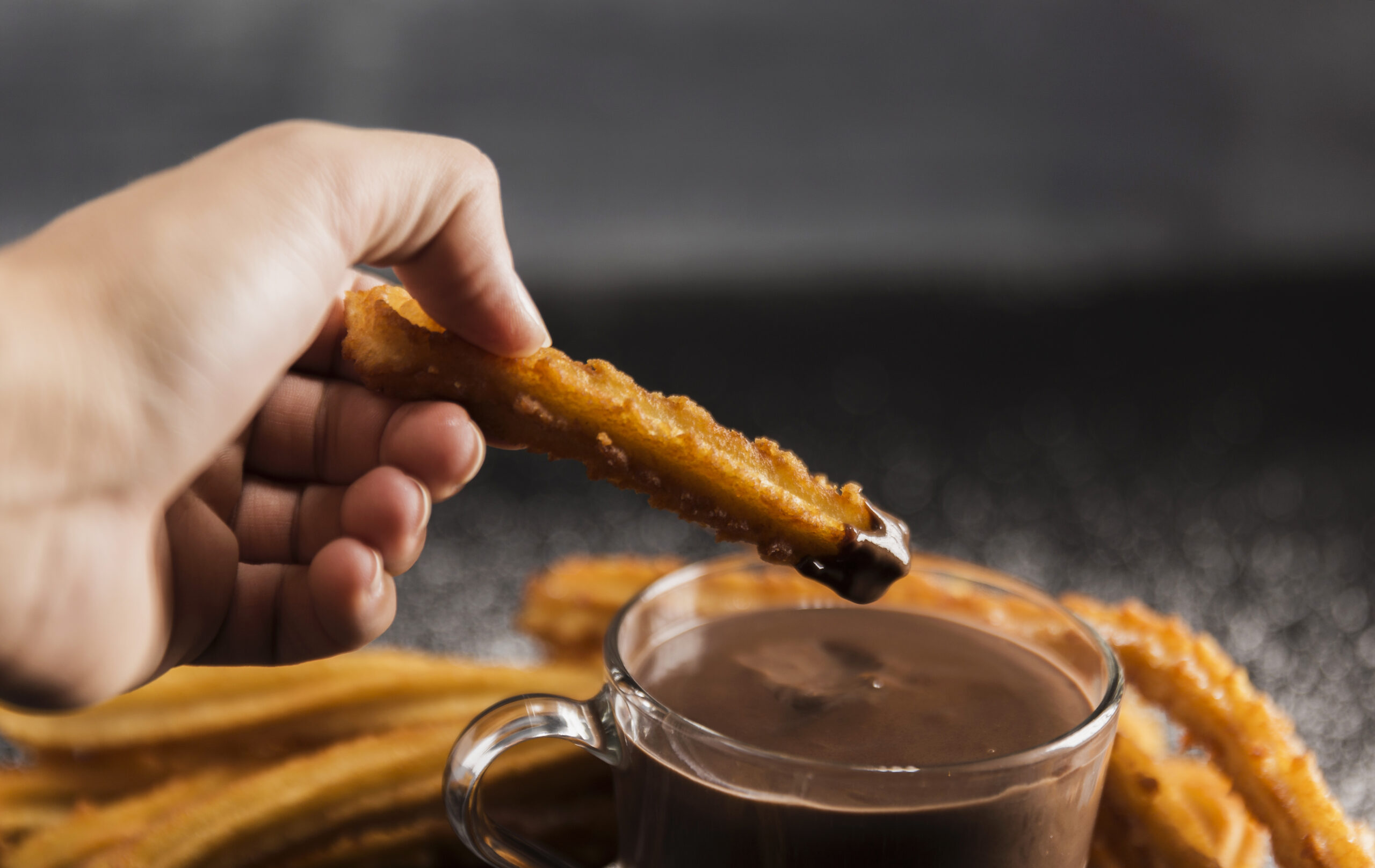
The Science of Crunch – Why We Crave Crispy Foods
There’s something incredibly satisfying about biting into a crispy potato chip, hearing the snap of a fresh baguette, or feeling the crunch of fried chicken. But have you ever wondered why crunchy foods are so irresistible? What makes crispy, crunchy textures so addictive, and why do chefs and food scientists obsess over achieving the perfect crunch?
In this article, we’ll explore the science behind crunch, the psychology of crispy cravings, and how chefs create the perfect crispy foods.
1. The Science Behind Crunch – What Makes It So Addictive?
Crunchiness isn’t just about taste—it’s about sound, texture, and the way food interacts with our senses. Here’s why:
- Crispy foods trigger ASMR (Autonomous Sensory Meridian Response). The sound of crunching is satisfying to our brains, much like the sounds of raindrops or a crackling fire.
- It signals freshness. A crispy apple or a crunchy cracker tells our brain that the food is fresh, making it more appealing.
- It enhances the eating experience. Our taste buds alone don’t determine flavor—texture plays a huge role. The crunch factor makes food more exciting to eat.
Studies show that people associate crispy foods with higher quality and better taste, which is why companies put so much effort into perfecting the texture of snacks.
2. The Perfect Crunch – How Chefs and Food Scientists Engineer Crispy Foods
Achieving the perfect crunch isn’t just luck—it’s science. Chefs and food manufacturers use different techniques to maximize crispiness:
A. The Role of Moisture and Heat
- High heat cooking (frying, baking, roasting) removes water from food, creating a crispy outer layer while keeping the inside moist.
- Steam can ruin crispiness. That’s why fried foods go soggy when covered—they absorb moisture from the air.
B. The Magic of Starch
- Starches like cornstarch, flour, and potato starch help create a crunchy coating (think tempura batter or fried chicken skin).
- Bread and pastry doughs use gluten structure to trap air, making crusts crispier.
C. The Role of Fat and Oil
- The right oil temperature (around 350°F to 375°F) ensures crispy frying. Too low, and the food absorbs oil; too high, and it burns before crisping.
- Double frying (like in Korean fried chicken) creates an ultra-crispy layer by removing even more moisture.
3. Why Do We Crave Crunchy Foods? – The Psychology of Crispy Cravings
Have you ever noticed that stress eating often involves crunchy foods like chips, popcorn, or crackers? There’s a reason:
- Crispy foods provide a sense of control. The sound and texture give us instant sensory feedback, which can be comforting.
- Crunchy foods reduce stress. Biting into something crispy releases tension—almost like chewing gum.
- They create excitement. Foods with a variety of textures keep the brain engaged, making them more enjoyable to eat.
This is why food companies invest heavily in making potato chips the perfect level of crunchiness—they want you to keep eating!
4. The Crispiest Foods from Around the World
Want to experience the best crispy foods? Here are some international crunch champions:
- Tempura (Japan) – Light, airy batter fried to golden perfection.
- Churros (Spain & Latin America) – Fried dough with a crispy outside and soft inside, often dusted with cinnamon sugar.
- Korean Fried Chicken (South Korea) – Extra crispy, double-fried, and glazed in flavorful sauces.
- Arepas Tostadas (Colombia & Venezuela) – Crunchy, toasted corn cakes that pair well with cheese and meats.
- Pork Cracklings (Thailand & the Philippines) – Deep-fried pork skin that shatters with every bite.
- Matzo Crackers (Jewish Cuisine) – Unleavened, crispy bread eaten during Passover.
5. How to Make Anything Crispier – Pro Chef Tips
Want to make your home-cooked food crispier? Try these tricks:
- Use cornstarch – It absorbs moisture better than flour for extra crispiness.
- Let fried foods rest on a wire rack instead of a plate to prevent sogginess.
- Roast veggies at high heat (400°F+) for caramelized, crispy edges.
- Double fry (especially for fries and chicken) to maximize crunch.
- Add a pinch of baking powder to batters—it creates tiny air bubbles for a lighter, crispier texture.
Final Thoughts – The Ultimate Crunch Experience
Crispy foods aren’t just delicious—they’re designed to be addictive. Whether it’s the science of moisture removal, the psychology of texture, or the techniques chefs use to create the perfect crunch, there’s a reason we keep reaching for crispy snacks.
So next time you bite into something satisfyingly crunchy, remember—it’s not just food, it’s an engineered experience for your senses.
Now, what’s your favorite crispy food? Let us know in the comments! 🍟✨